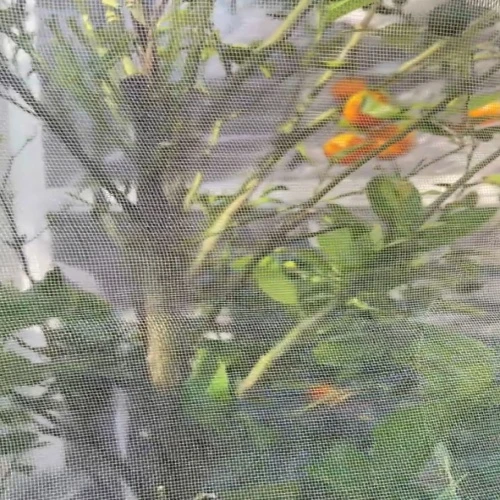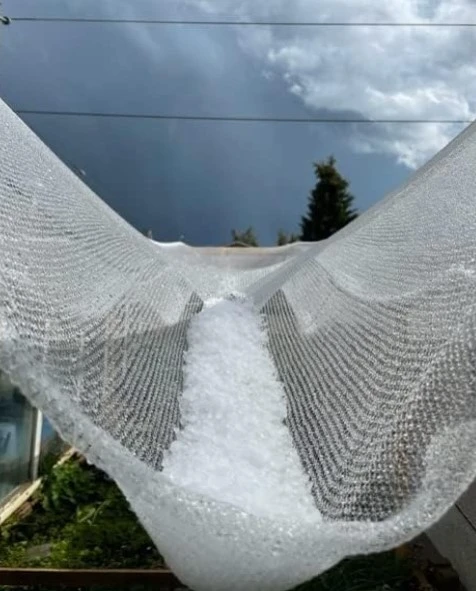agricultural netting
Agricultural netting has emerged as an indispensable tool for modern farming, providing a sustainable solution to some of the most common challenges faced by agricultural practitioners worldwide. As an experienced agronomist with over two decades in the industry, I have witnessed firsthand the transformative impact that high-quality netting can have on crop health, yield, and overall farm productivity. This article delves into the benefits and practical applications of agricultural netting, underscoring its value as a critical investment for any farm looking to enhance its operations while maintaining ecological balance.

One of the primary advantages of agricultural netting is its ability to protect crops from a variety of environmental threats. Whether it's shielding delicate fruit from excessive sunlight or preventing damage from hail and strong winds, the right netting solution can serve as an effective barrier against the elements. The market today offers an array of specialized nets, such as shade nets, anti-hail nets, and windbreaks, each designed to address specific climatic challenges. Having personally overseen various agricultural projects, I've found that implementing these nets not only improves crop viability but also significantly reduces the risk of financial loss due to unpredictable weather conditions.
Beyond weather protection, agricultural netting plays a crucial role in pest and disease management. As global trade increases, so too does the risk of pest infestations, which can devastate entire crops if left unchecked. Fine-mesh nets are particularly effective in creating a physical barrier that prevents insects from reaching crops, thereby reducing the need for chemical pesticides. This approach not only promotes sustainable farming practices but also caters to the growing consumer demand for organically produced food. My professional experiences in large-scale organic farms have repeatedly demonstrated the netting’s efficiency in minimizing pest-related damages while also maintaining crop quality.

Agricultural netting also enhances the management of water resources, a critical factor in sustainable farming. By reducing evaporative loss from wind and sun exposure, netting aids in water conservation—a benefit that is becoming increasingly important in regions suffering from water scarcity. Experienced farmers have utilized netting systems to create microclimates that optimize humidity and temperature levels for specific crops, thereby promoting optimal growth conditions with minimal water input. This targeted approach not only conserves resources but also boosts farm profitability, a correlation I've confirmed through years of field research and data analysis.
agricultural netting
From an economic perspective, investing in high-quality agricultural netting represents a strategic decision that yields long-term benefits. While the initial cost may seem prohibitive to some, the reduction in crop loss, decreased dependency on chemical treatments, and enhanced output often lead to a return on investment that substantively outweighs the upfront expense. Through collaborations with various agricultural economists, I've observed that farms adopting comprehensive netting strategies often record a marked improvement in their financial margins.
Furthermore, agricultural netting is not a one-size-fits-all solution; it requires careful selection and installation to match specific crop needs and environmental conditions. Partnering with reputable suppliers and consulting with experts in the field are crucial steps in ensuring that the netting serves its intended purpose effectively. As someone deeply rooted in agricultural science and technology, I can attest that understanding the nuances of netting application—from type selection to installation techniques—can maximize its potential and align with sustainable agricultural practices.
In conclusion, agricultural netting stands out as a multifaceted component of modern farming that supports ecological sustainability, economic viability, and food security. Its increasing adoption across the globe highlights its indispensable role in current and future agricultural paradigms. For farmers and stakeholders seeking to elevate their agricultural practices, harnessing the benefits of netting offers not just a protective measure, but a pathway to a resilient and thriving farming ecosystem.
-
The Versatility of Stainless Steel Wire MeshNewsNov.01,2024
-
The Role and Types of Sun Shade SolutionsNewsNov.01,2024
-
Safeguard Your Space with Effective Bird Protection SolutionsNewsNov.01,2024
-
Protect Your Garden with Innovative Insect-Proof SolutionsNewsNov.01,2024
-
Innovative Solutions for Construction NeedsNewsNov.01,2024
-
Effective Bird Control Solutions for Every NeedNewsNov.01,2024












